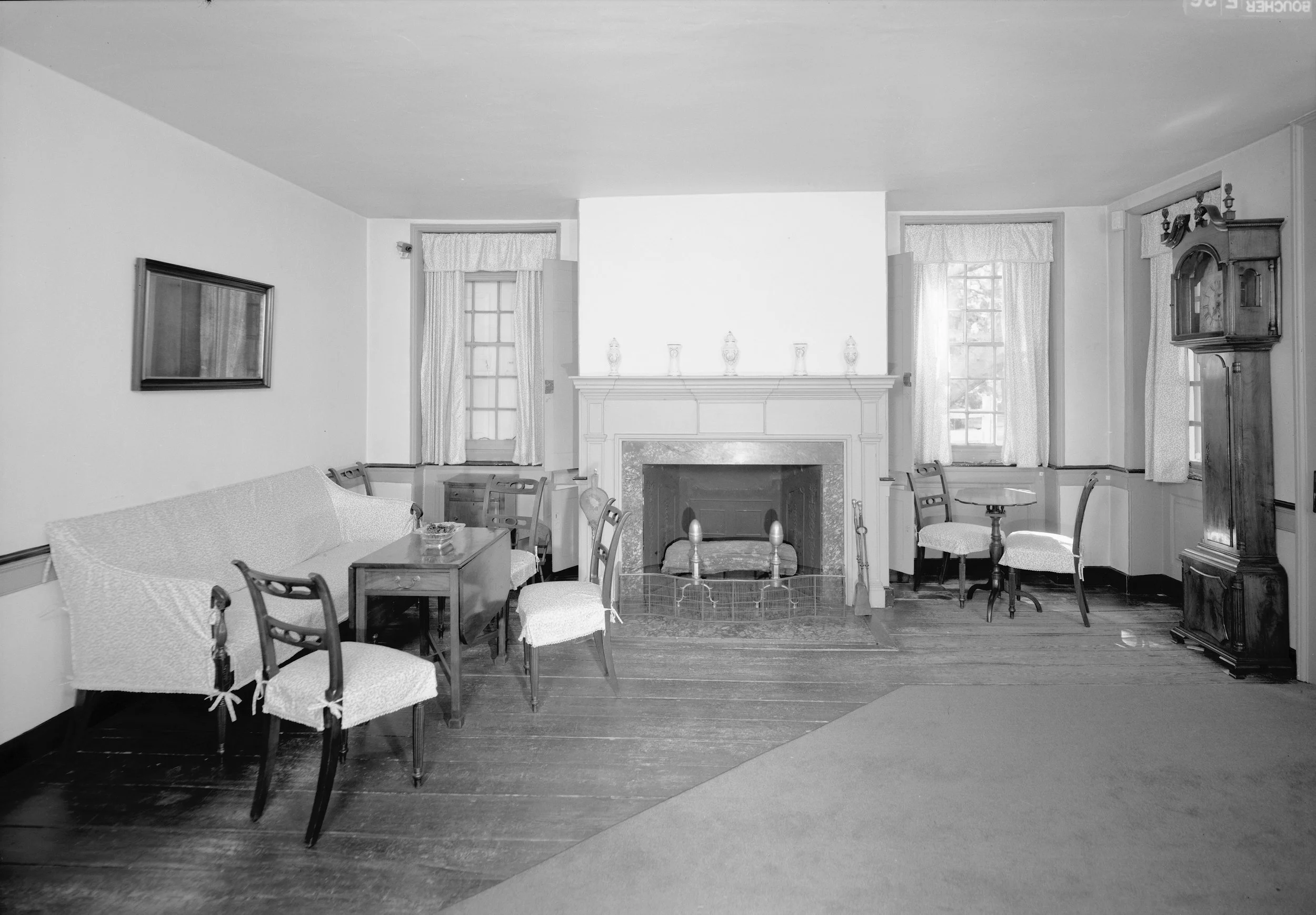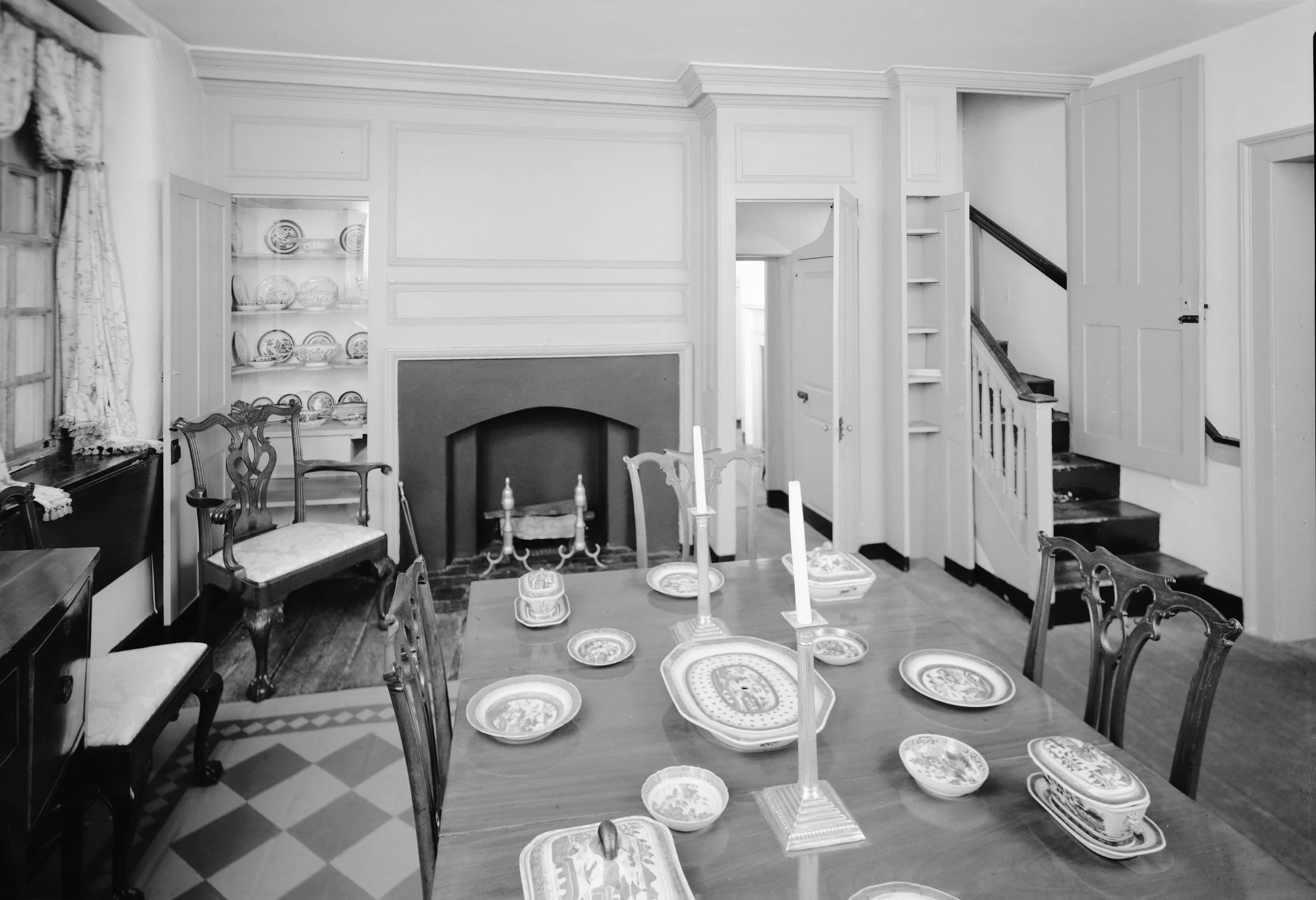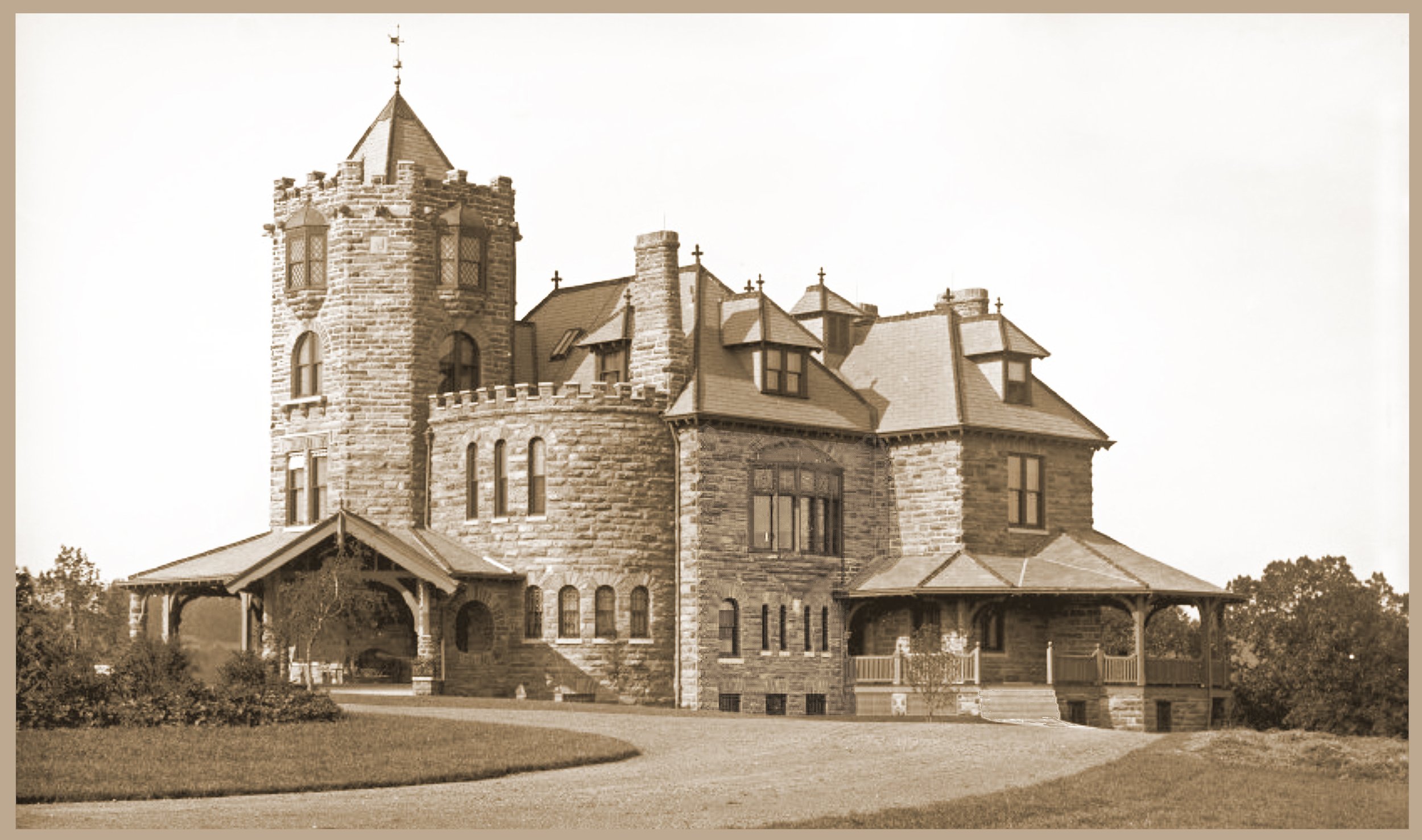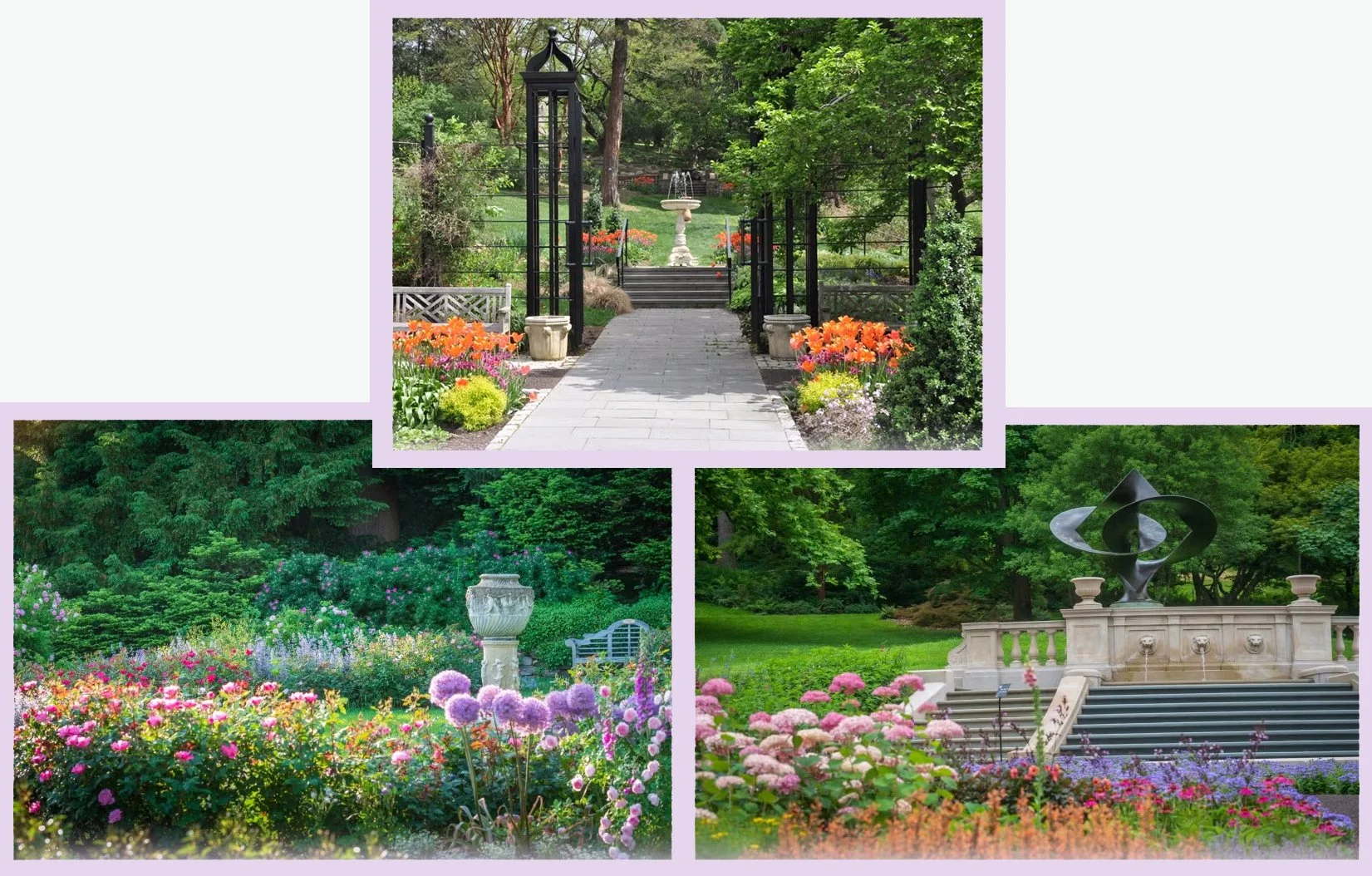Historic Quaker Houses of Philadelphia
Cedar Grove
One Cedar Grove Drive
Owned by Five Generations of a Quaker Family:
Above: Cedar Grove, a summer residence for five generations of the Paschall-Morris family. Women owned this house for four of those five generations. Image source: Flickr, Shawn Taylor, (creative commons, revised).
Four Generations of Quaker Women Owned Cedar Grove:
Cedar Grove’s ownership passed primarily through the female line of the Paschall-Morris family. Elizabeth Coates Paschall (ca. 1700s–1768), a Quaker widow, purchased the land near Frankford, Philadelphia, in 1746. She built the original stone house between 1748 and 1750. It served as a rural retreat for her family.
Elizabeth Paschall passed the property to her daughter, Beulah Paschall (1732–1793). Next to inherit the property was Beulah’s niece, Sarah Paschall (1772–1842). After Sarah married Isaac Wistar Morris in 1795, they enlarged the house. They also added a gambrel roof and a central lunette window.
Sarah and Isaac’s son, Isaac Paschall Morris (1803–1869), was the only male to inherit Cedar Grove. He added a porch across the north and west fronts, echoing the style of Quaker meetinghouse porches.
The final family owner was Isaac’s daughter, Lydia Thompson Morris (1849–1932). When railroad construction disrupted the property in 1888, Lydia and her brother John moved the family’s furnishings to their new Chestnut Hill residence, Compton, now part of the Morris Arboretum. Lydia donated Cedar Grove and its furnishings to the City of Philadelphia in the 1920s.
Above: Oil painting of Cedar Grove in 1890 by Thomas Bigelow Craig. Image source: Philadelphia Museum of Art.
Philadelphia Quakers: Supporting Women’s Property Rights:
Cedar Grove remained in the hands of a single Quaker family for five generations. For four of those generations, the property was owned by women, with only one generation in which a man held ownership
Quakers often stood apart from the broader culture in their views on gender roles, education, and property. Women in the wider Anglo-American legal system had limited rights, especially once married. But Quakers placed a greater value on women's equality. This allowed Quaker women more control over property than was typical for the period.
Cedar Grove Interior Photographs
for Historic American Buildings Survey:
Above: Cedar Grove interior photo by Jack Boucher, 1995. Image source: Historic American Buildings Survey, Library of Congress.
Above: Cedar Grove interior photo by Jack Boucher, 1995. Image source: Historic American Buildings Survey, Library of Congress.
Sister and Brother Lydia and John Morris
Unmarried Siblings who Created Morris Arboretum
Lydia Donated Cedar Grove to Philadelphia:
Above Lydia T. Morris and her brother John T. Morris. Plainness of attire was no longer a priority for this Quaker family. Image sources: Morris Arboretum and GetArchive
Above: Compton ca 1887, shortly after its construction. Image source: Morris Arboretum
John and Lydia Morris moved from their summer house, Cedar Grove, in the 1880s. They built a new county seat, named Compton. The property included more than 90 acres in what is now the Chestnut Hill section of Philadelphia. The house was designed by Theophilus P. Chandler, Jr., a prominent Philadelphia architect who founded the architecture department at the University of Pennsylvania.
The house was surrounded by extensive gardens and arboretum plantings developed by John and Lydia Morris, who were both avid horticulturists. After Lydia’s death in 1932, ownership of the property passed to the University of Pennsylvania. The house was demolished in 1968 due to structural decline.
Morris Arboretum and Gardens
Founded by Lydia and John Morris at their Compton Estate:
Above: Morris Arboretum and Gardens: Rose Garden, English Garden, and the Alice and J. Liddon Pennock Flower Walk. Images source: MorrisArboretum.org
Links:







